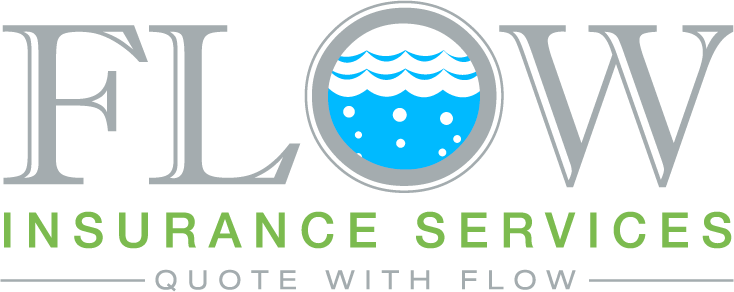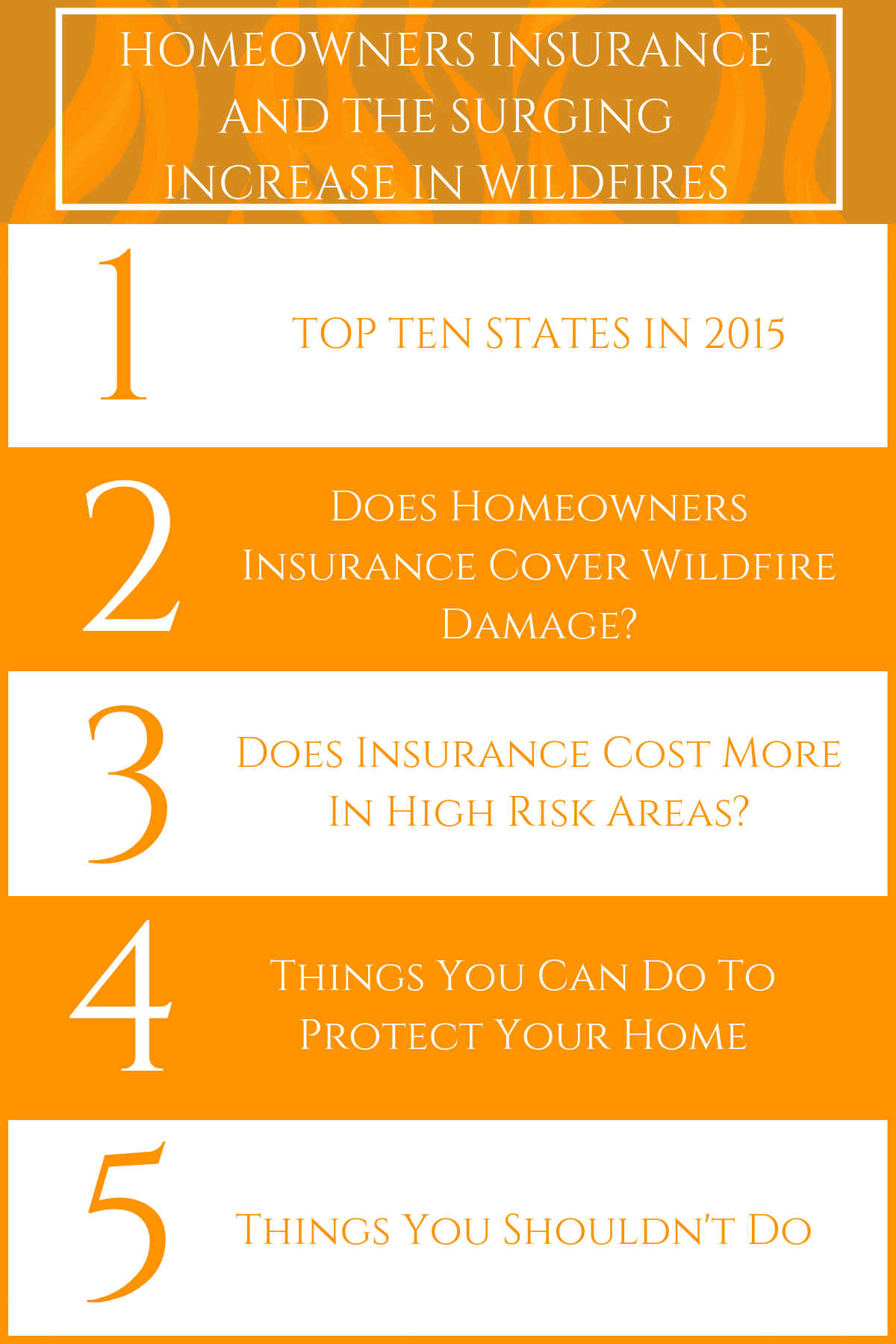
855-368-5502
Homeowners Insurance and the Surging Increase in Wildfires
By: Adam M Matheny
Wildfires are rapidly becoming one of the costliest natural disasters homeowners across the United States. As each year goes by, it seems as though wildfire season starts earlier and ends later. Reports from 2017 assembled by the National Interagency Fire Center show that there was a total of 71,499 wildfires that destroyed 10,026,086 acres, making it the second-worst season on record. In 2015, there were only 68,151 wildfires, but they destroyed 10,125,149 acres.
Top Ten States in 2015
- Alaska: 5,111,404 acres burned
- Washington: 1,137,664 acres burned
- California: 893,362 acres burned
- Idaho: 804,094 acres burned
- Oregon: 685,809 acres burned
- Montana: 351,264 acres burned
- Texas: 184,418 acres burned
- Arizona: 160,152 acres burned
- Oklahoma: 100,382 acres burned
- Florida: 73,432 acres burned
Are You Covered for Wildfire Damage Under Your Homeowner's Insurance?
When it comes to wildfire damage to your home, the dwelling coverage on your policy should cover the cost of repairs or rebuilding your home. At least it will cover expenses up to the limits you chose when you purchased the policy. The personal property coverage listed on your policy should take care of replacing your possessions, again up to the limits of the coverage set on your policy. If you add in “other structure” coverage, it should cover things like your garden shed or that gazebo you just added to the backyard last year.
Additional things which may be covered include living expenses incurred while you are unable to live in your home. This includes hotel rooms or a rental home, transportation, even food. Should your home or property be vandalized, your homeowner’s insurance policy may also cover this. Your homeowner’s insurance may also cover costs relating to soot and smoke damage remediation.

Does Homeowner's Insurance Cost More When You Live in a High-Risk Area?
It is likely that if your home is located in an area deemed to be a high wildfire risk zone, you may have to pay a higher price for your homeowner’s insurance policy. It is altogether possible that is if your home is located in a known area of brushfires or wildfires, or within 2,500 feet of a canyon, you could even be denied standard homeowner’s insurance coverage. Instead, you may have to purchase a separate fire coverage policy to ensure you are covered. Most policies also cover replacing lawn plants, shrubs, and trees that are damaged in a wildfire. Coverage is typically no more than 5% of the dwelling coverage. Coverage varies from carrier to carrier.
Things You Can Do to Protect Your Home
- Have your home built from non-combustible materials such as siding and roofing
- Use fire retardant paints and other finishes
- Be sure gutters and the roof are debris-free
- Keep tree limbs pruned back away from your home
- Use tempered glass or double-glazed windows
- Plant fire-resistant plants
- Keep the limbs on your trees pruned to a height of ten feet from the ground
- Keep your yard clear of flammable debris
- Keep plenty of space between trees
- Keep hedges pruned, lawns mowed, and do your best to keep everything watered.
Things You Shouldn't Do
- Store firewood against your house from April through September
- Store propane tanks anywhere near your house or under the deck or porch
Do make sure your family has an evacuation plan in place and that everyone knows where to go. Keep an accurate written and visual inventory of your home and make sure you have it stored elsewhere such as in a bank safety deposit box along with all your important documents. Make sure you have the best possible insurance coverage to ensure you are properly protected.
Need More Markets?
Are you an agent/broker who needs more markets to place high wildfire risks? Flow can help. We have the ability to place 96% of the high wildfire home market. Call or email today to see how we can help you write more high wildfire risk homes!

